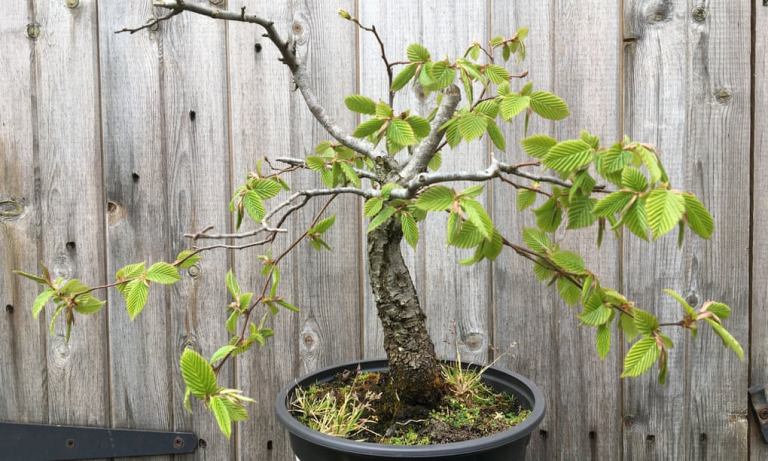
When it comes to living heirlooms, the easiest options would be houseplants, simply because these are easy to move. COURTESY
One of the wonderful things about working in the media, even as a painfully shy botanist, is the incredible stories people send me about their adventures in gardening. So when, after talking about bonsai on the radio, I received the most magical series of photos of a collection of 51-year-old bonsai from a listener, it really made my week. They had recently inherited these from their late mother, who first created them when the listener was born, each carefully crafted twist and turn of their branches produced by their mum over the course of their life, coding within a living tree a whole life story. It got me thinking about other treasured living heirlooms I have heard about over the years, and what a wonderful project it could be for the future.
When it comes to living heirlooms, the easiest options would be houseplants, simply because these are easy to move. That’s probably why almost all the examples I have heard of have been potted specimens. However, there is an outdoor example I hear about now and then, which is of a favourite heirloom rose. As hybrid tea roses are often relatively small (a hard pruning will make them small enough to move) and will survive careful transplanting when fully dormant in late autumn, they can make a good choice. With houseplants, the oldest specimens I have ever seen (aside from bonsai) are probably aspidistras, which can easily live for up to a century or more. Part of the reason for this is that they are so darn hard to kill. They are able to plough on through years of neglect and live to tell the tale. I have seen similar long-lived claims for Boston ferns (Nephrolepis), and even Cymbidium orchids, which can grow to enormous sizes if you have the space.
However, with all three of these examples, the plants simply regenerate by producing new clones of themselves from underground as older ones die off, so they never get all the wonderful character or architecture that non-clumping species provide. An excellent example of an alternative would be the beautifully rugged, twisted forms of mature cacti and succulents, and if you are worried about spikes and spines, you can just pick one of the soft, “leafy” forest cacti. I have seen one in the US that, it is claimed, is 111 years old, pouring out an annual waterfall of dazzling pink flowers. It’s magical to consider. If upright, tree-like plants are what you fancy, the Madagascar dragon tree, Dracaena marginata, is a great option. Their size can be controlled by keeping them in a smaller pot and over the years their contorted branches can develop a truly otherworldly character. Finally, my best mate Rob has a pair of parlour palms (Chamaedorea) inherited from his grandfather that, after more than half a century, are now a magnificent 6ft high with elegant arched trunks like bonsai coconut trees. All easy to grow, widely available and affordable specimens, which over years turn into living marvels that may well outlive you. Not exactly a quick project, of course, but a potential source of decades of joy.
Living heirlooms that last for decades – and tell your story






0 Comments